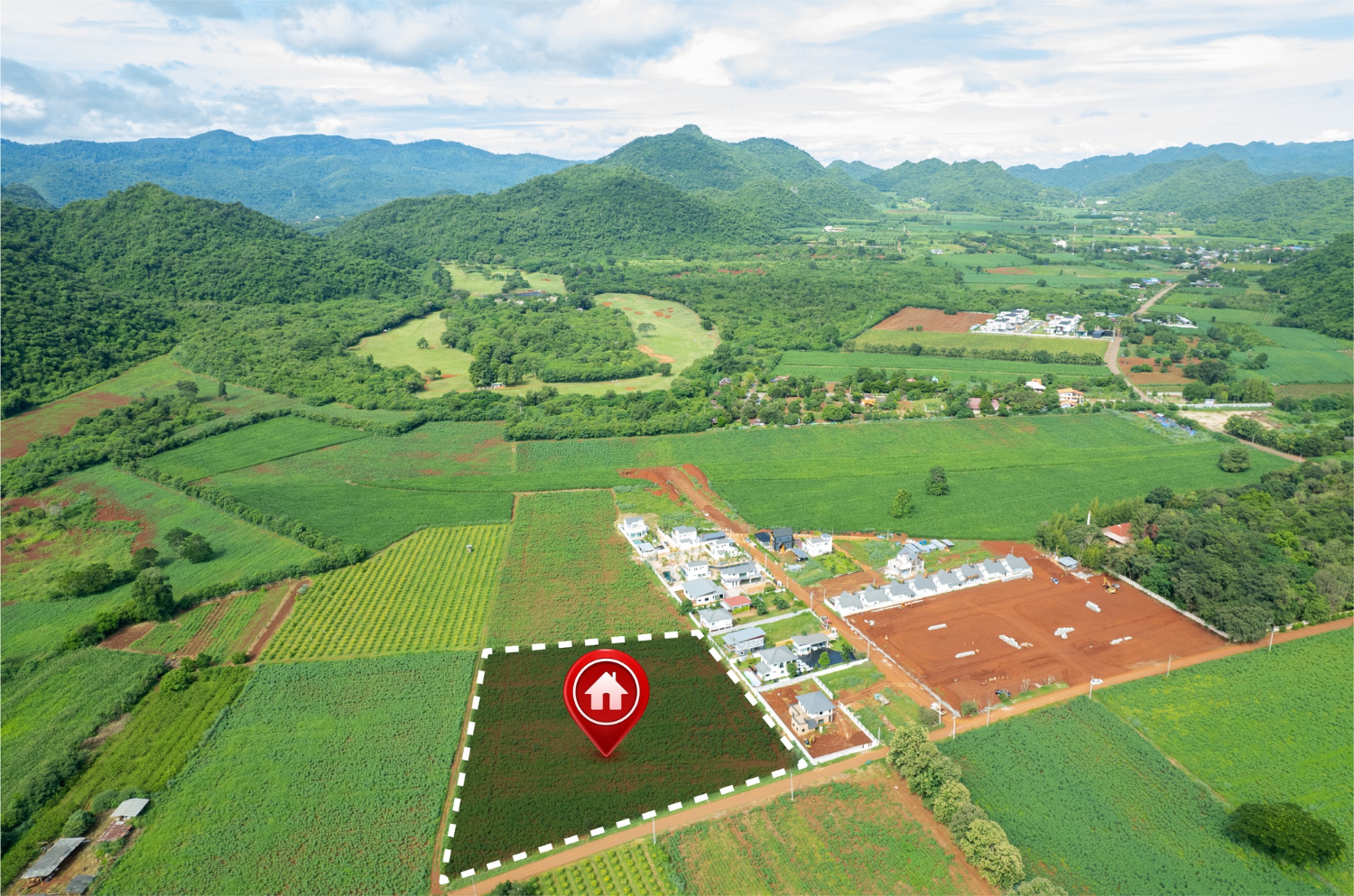The land market is ever-changing, influenced by various factors such as economic conditions, buyer demand, and regional differences. Understanding what’s happening in the land market right now can help landowners, buyers, and investors make informed decisions. By staying updated with the latest trends, you can navigate the complexities and seize opportunities in this dynamic market.
Several factors influence the land market, including economic conditions, interest rates, and government policies. For example, low-interest rates can encourage more investments in land, while changes in zoning laws can either boost or hinder development prospects. Additionally, regional hotspots show varying levels of activity, with some areas experiencing a surge in demand due to infrastructure projects or commercial developments.
As we look ahead, predicting the future of the land market involves analyzing current trends and considering potential changes. Market experts provide insights into what the next year might hold, helping stakeholders prepare for upcoming shifts. Understanding these elements can equip you to better navigate the land market and take advantage of the opportunities it presents.
Current Trends in Land Prices
Recently, we’ve observed mixed trends in land prices. Some regions are seeing a rise in prices due to increased demand and development opportunities. Urban areas, in particular, have experienced steeper price increases as more people move to cities for jobs and better amenities. Properties near new infrastructure projects like highways, schools, and hospitals also tend to command higher prices.
On the other hand, rural areas may not see such drastic changes. Prices in these places can remain relatively stable or even decline if there’s less interest in development. However, some rural spots can become hotspots if they’re seen as ideal for agricultural projects or eco-friendly developments.
It’s also important to note seasonal variations in land prices. Prices might dip during the winter months when land activities slow down. In contrast, spring and summer often bring a surge in listings and buying activity, pushing prices upward. By staying aware of these trends, landowners and buyers can time their transactions more strategically.
Factors Influencing the Land Market
Several factors drive the land market, making it essential to understand what’s behind the current trends. First, economic conditions play a significant role. A strong economy typically boosts land sales as more people and businesses seek to invest in property. Conversely, an economic downturn can dampen demand and slow price growth.
Interest rates are another critical factor. Lower interest rates make borrowing cheaper, encouraging more people to buy land. Higher rates, however, can deter potential buyers, leading to a decreased market activity. Monitoring changes in interest rates can provide valuable insights into future market movements.
Government policies, including zoning laws and tax incentives, also impact the land market. Changes in zoning can open up new areas for development, increasing land value. In contrast, restrictive zoning can limit what land can be used for, potentially reducing its appeal. Tax incentives for agricultural or green development may attract specific buyers, boosting demand for particular types of land.
Lastly, trends in population growth and migration affect land demand. Areas with increasing populations often see higher land prices due to the need for housing, schools, and businesses. Understanding these factors can help landowners and buyers make more informed decisions in the land market.
Regional Differences and Hotspots
The land market isn’t uniform across the country. Different regions experience varying degrees of activity and demand based on a variety of factors. Urban areas, especially those with booming industries and job opportunities, see higher demand for land. Cities like Austin, Texas, and Raleigh, North Carolina, are hotspots due to their tech industries and growing populations.
In contrast, rural areas might not see the same enthusiasm. However, some rural regions attract buyers looking for agricultural land or large plots for residential development. Places with scenic views or recreational opportunities, like those near national parks, can also become attractive hotspots.
The level of infrastructure development plays a significant role as well. Areas with recent road expansions, public transportation projects, or new amenities often see a spike in land prices. Regions that invest in infrastructure can expect a ripple effect, increasing the surrounding land’s appeal and value.
Identifying these regional differences helps landowners and buyers focus their efforts on areas with the most promise. Whether you’re selling a plot in a bustling city or buying land in a scenic rural area, understanding these dynamics can guide your decision-making process.
Predictions for the Coming Year
Looking ahead, several predictions can be made about the land market in 2024. One expected trend is the continued growth of suburban areas. As more people seek affordable housing outside expensive urban cores, suburban land will likely see increased demand and price growth.
Another prediction involves the impact of remote work. With more companies adopting flexible work policies, people have the freedom to live farther from their workplaces. This shift can lead to higher demand for land in rural or less densely populated regions, as individuals and families look for larger properties offering more space and tranquility.
Climate change-related factors might also influence the land market. Areas prone to natural disasters such as floods, wildfires, or hurricanes may see reduced demand, while regions with favorable climates and lower risks might attract more buyers.
Additionally, government policies on zoning, development, and environmental conservation will shape the market. New regulations aimed at controlling urban sprawl or promoting sustainable development can affect where and how land can be used.
Understanding these predictions helps buyers and sellers prepare for future changes in the market. Keeping an eye on these trends ensures you stay ahead in the ever-evolving land market landscape.
What’s Going On in the Land Market Today?
The land market is influenced by numerous factors, ranging from regional dynamics to broader economic trends. Staying informed about current trends in land prices, key market drivers, regional differences, and future predictions is crucial for making well-informed decisions. Whether you’re buying, selling, or investing in land, having a clear understanding of these elements will help you navigate the market more effectively.
At 7Land Corp, we are dedicated to helping you make the most of your land transactions. Whether you need advice on current market conditions or assistance with selling your land, our team is here to guide you every step of the way. Contact us today to learn how we can help you achieve your land-related goals!




